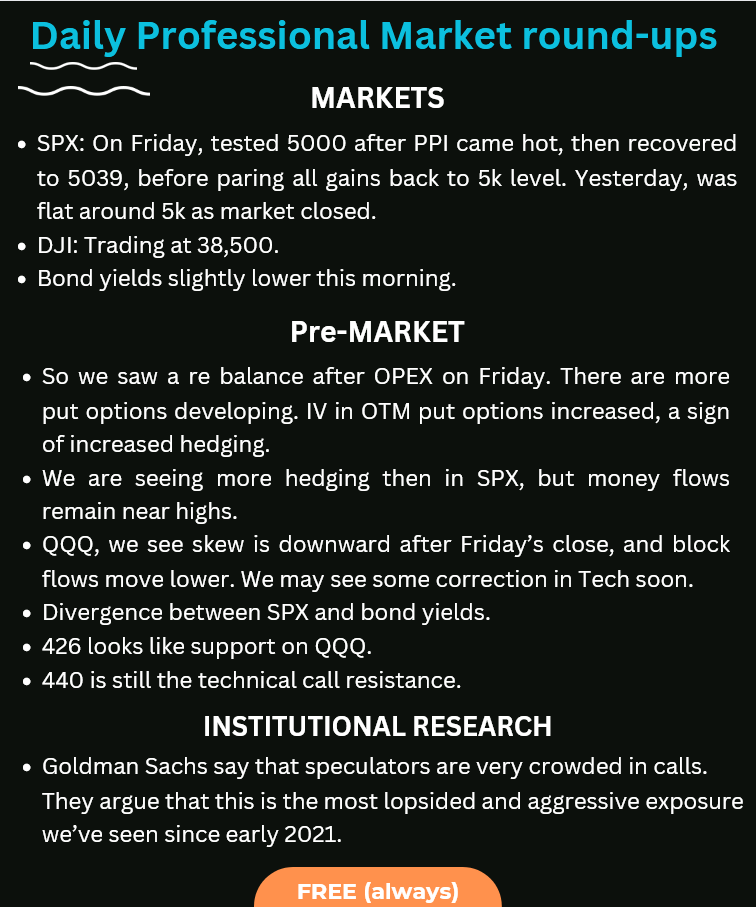UK Luxury Brands Face Export Challenges Post-Brexit

Table of Contents
Increased Tariffs and Customs Duties
Brexit has introduced new tariffs and customs duties, significantly impacting the profitability of exporting luxury goods. The previously frictionless trade with the EU has become considerably more expensive, eating into profit margins and reducing competitiveness. For example, a luxury handbag previously exported without tariffs now faces a substantial duty, increasing its final price and potentially reducing its appeal to European consumers. This is compounded by increased costs for other product categories: a cashmere sweater from Scotland, a bespoke suit from Savile Row, or artisanal cosmetics from Somerset, all now face higher import taxes across the EU and other international markets.
- Higher import taxes in the EU and other regions: These added costs directly reduce profit margins, forcing brands to either absorb the loss or increase prices, potentially impacting sales.
- Increased administrative costs associated with customs declarations: The complex paperwork and processes involved in navigating new customs regulations significantly increase administrative overheads.
- Potential loss of price competitiveness in global markets: Higher prices due to tariffs make UK luxury goods less competitive against similar offerings from other countries with more favourable trade agreements.
Mitigating the tariff impact requires strategic adjustments. Sourcing materials from within the UK or exploring alternative sourcing locations outside the EU could help reduce overall costs and maintain price competitiveness. Negotiating more favourable trade agreements with key export markets is also crucial.
Supply Chain Disruptions and Delays
Brexit has significantly complicated supply chains for UK luxury brands. The smooth flow of goods across borders, once a given, is now hampered by longer transit times, increased paperwork, and the added complexity of navigating new customs checks. This impacts not only the speed of delivery but also the cost, potentially leading to delays in fulfilling orders and damage to brand reputation.
- Increased logistical costs and delays: Transportation costs have risen, driven by increased border checks and the need for specialized customs brokers. Transit times have lengthened, impacting delivery schedules and potentially leading to stock-outs.
- Potential for damaged or lost goods during transit: The increased complexity of the supply chain increases the risk of goods being damaged or lost during transportation.
- Difficulties in meeting deadlines and fulfilling orders: Delays can negatively impact customer satisfaction and damage a brand’s reputation for timely delivery.
Streamlining supply chains is paramount. This could involve exploring alternative logistics providers specializing in international luxury goods transport, optimizing warehousing strategies, and considering nearshoring – relocating production or sourcing closer to key markets to reduce transit times and costs.
Regulatory Hurdles and Compliance Costs
Post-Brexit, regulatory compliance for exporting luxury goods has become significantly more complex. Changes to labeling requirements, safety standards, and other regulations increase the administrative burden and cost for UK brands aiming to sell their products internationally. Navigating these diverse and often evolving regulations requires expertise and significant resources.
- Need for expert legal and compliance advice: Understanding and complying with the multifaceted regulations requires specialized legal and compliance expertise, leading to increased professional fees.
- Increased administrative burden and associated costs: The sheer volume of paperwork, documentation, and certifications needed to comply with regulations adds significantly to administrative costs.
- Risk of non-compliance leading to fines or product recalls: Failure to comply with regulations can result in hefty fines, product recalls, and damage to brand reputation.
To ensure effective regulatory compliance, UK luxury brands should invest in compliance software and tools, work with specialized consultants with deep knowledge of international regulations, and proactively monitor regulatory changes. Building strong relationships with customs authorities is also essential.
Impact on Brand Perception and Consumer Confidence
The challenges associated with Brexit have a direct impact on how international consumers perceive UK luxury brands. Delays, higher prices, and potential supply chain disruptions can affect consumer trust and purchasing decisions. Negative press surrounding Brexit-related export issues could further damage brand image and reputation.
- Concerns about product availability and delivery times: Delays and supply chain disruptions raise concerns about product availability and delivery times, leading to potential customer dissatisfaction.
- Potential for negative press impacting brand image: Negative media coverage concerning Brexit's impact on UK exports can harm the reputation of luxury brands.
- Need for robust communication and transparency with customers: Maintaining trust requires proactive and transparent communication with customers, addressing concerns and managing expectations effectively.
Maintaining a strong brand reputation requires a proactive approach. Highlighting the provenance and craftsmanship of goods, emphasizing the unique heritage of UK luxury brands, and strengthening customer relationships through personalized service and exceptional communication are key strategies.
Conclusion
UK luxury brands face significant challenges in exporting their goods post-Brexit, including increased tariffs, supply chain disruptions, complex regulations, and the potential impact on brand perception. These hurdles necessitate strategic adaptation and proactive measures. Successfully navigating these new trade barriers requires investment in compliance, logistics optimization, and robust customer communication. UK luxury brands must proactively address the post-Brexit export challenges by implementing effective strategies to navigate new trade barriers and maintain their global competitiveness. Understanding these complexities and investing in solutions will be crucial for the continued success of UK luxury brands in the international market.

Featured Posts
-
 Nyt Mini Crossword Answers For March 24 2025
May 20, 2025
Nyt Mini Crossword Answers For March 24 2025
May 20, 2025 -
 Ohio Derailment Investigation Into Lingering Toxic Chemicals In Buildings
May 20, 2025
Ohio Derailment Investigation Into Lingering Toxic Chemicals In Buildings
May 20, 2025 -
 Fieldview Care Home Allegations De Maltraitance Et D Abus Sexuels Developpement De La Situation
May 20, 2025
Fieldview Care Home Allegations De Maltraitance Et D Abus Sexuels Developpement De La Situation
May 20, 2025 -
 100 Sueper Lig Maci Dusan Tadic In Basarisinin Oeykuesue
May 20, 2025
100 Sueper Lig Maci Dusan Tadic In Basarisinin Oeykuesue
May 20, 2025 -
 Premiere Edition Du Marche Africain Des Solutions Spatiales Mass Une Occasion Unique Pour L Innovation Spatiale En Afrique
May 20, 2025
Premiere Edition Du Marche Africain Des Solutions Spatiales Mass Une Occasion Unique Pour L Innovation Spatiale En Afrique
May 20, 2025
Latest Posts
-
 D Wave Quantum Inc Qbts Deciphering The 2025 Stock Price Decrease
May 20, 2025
D Wave Quantum Inc Qbts Deciphering The 2025 Stock Price Decrease
May 20, 2025 -
 What Caused The D Wave Quantum Qbts Stock Decline On Monday
May 20, 2025
What Caused The D Wave Quantum Qbts Stock Decline On Monday
May 20, 2025 -
 2025 Market Downturn D Wave Quantum Qbts Stocks Significant Fall
May 20, 2025
2025 Market Downturn D Wave Quantum Qbts Stocks Significant Fall
May 20, 2025 -
 D Wave Quantum Qbts Stock Explaining Mondays Price Drop
May 20, 2025
D Wave Quantum Qbts Stock Explaining Mondays Price Drop
May 20, 2025 -
 Market Analysis D Wave Quantum Qbts Stock Decline On Monday
May 20, 2025
Market Analysis D Wave Quantum Qbts Stock Decline On Monday
May 20, 2025
